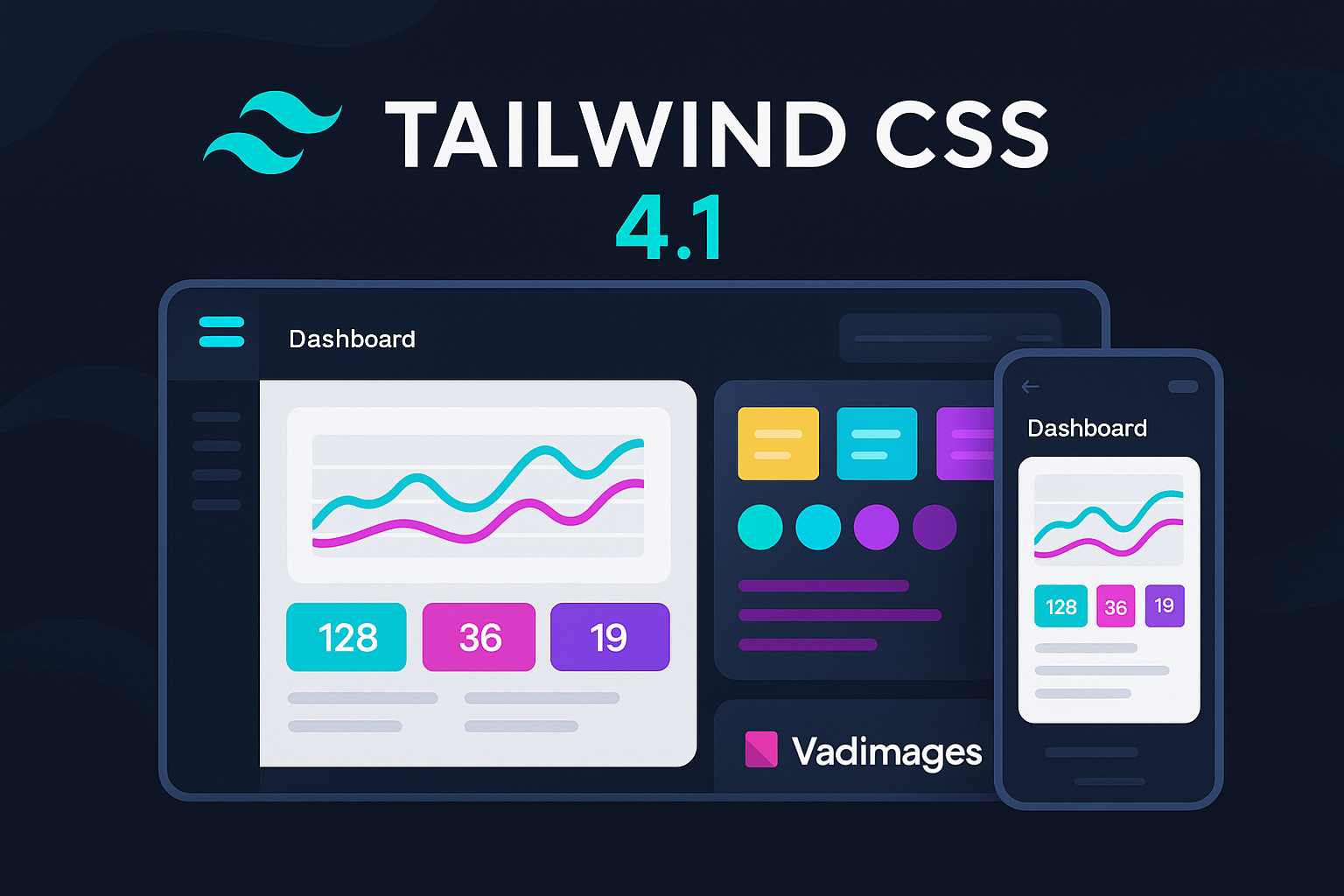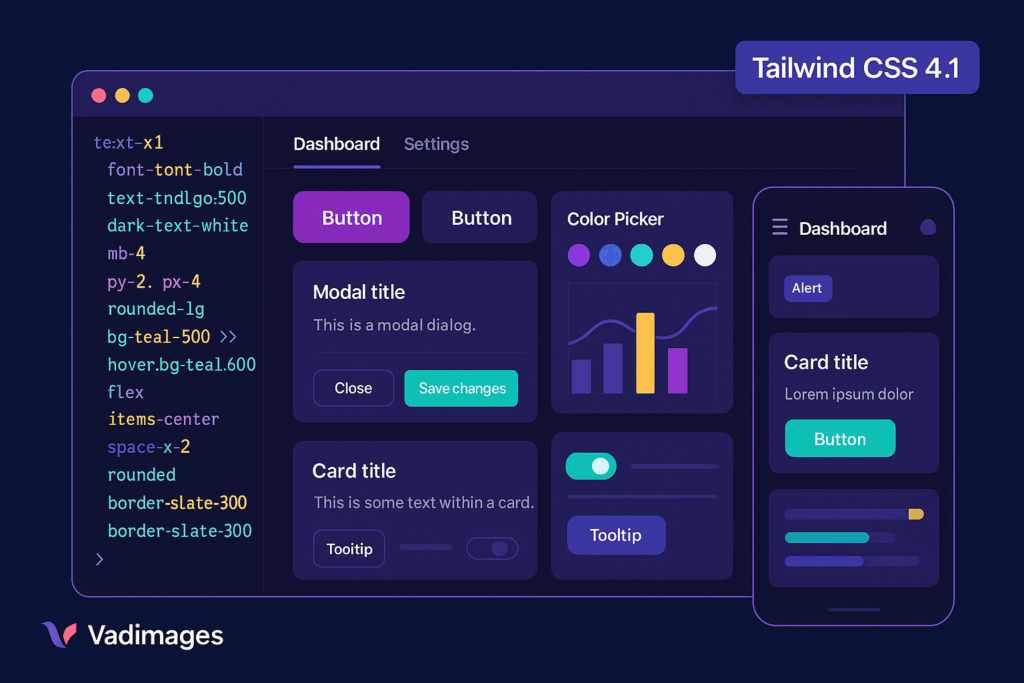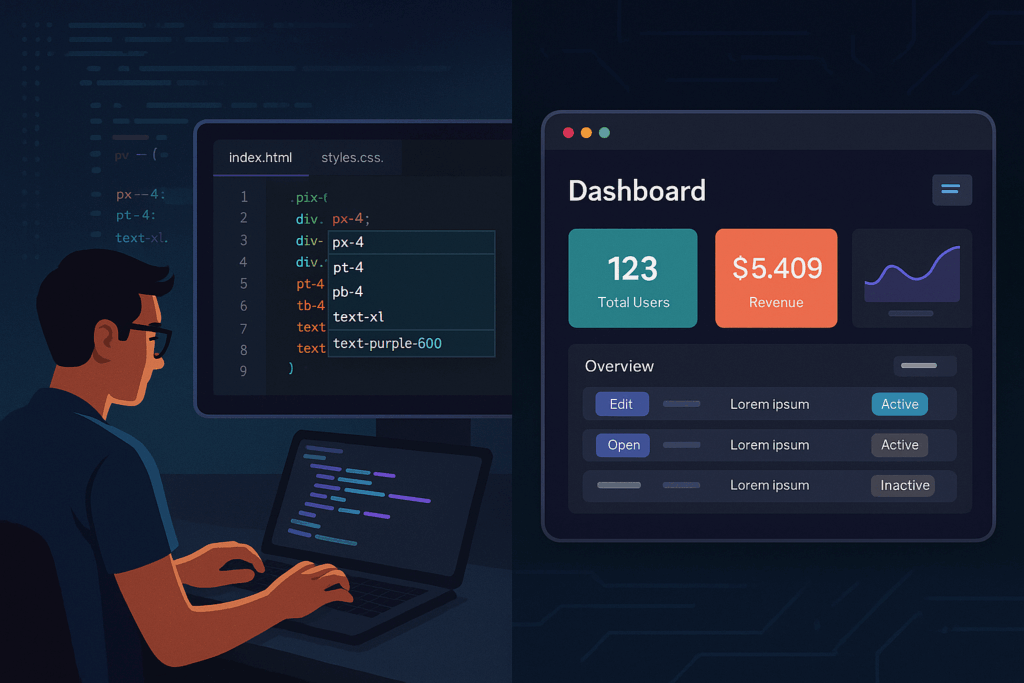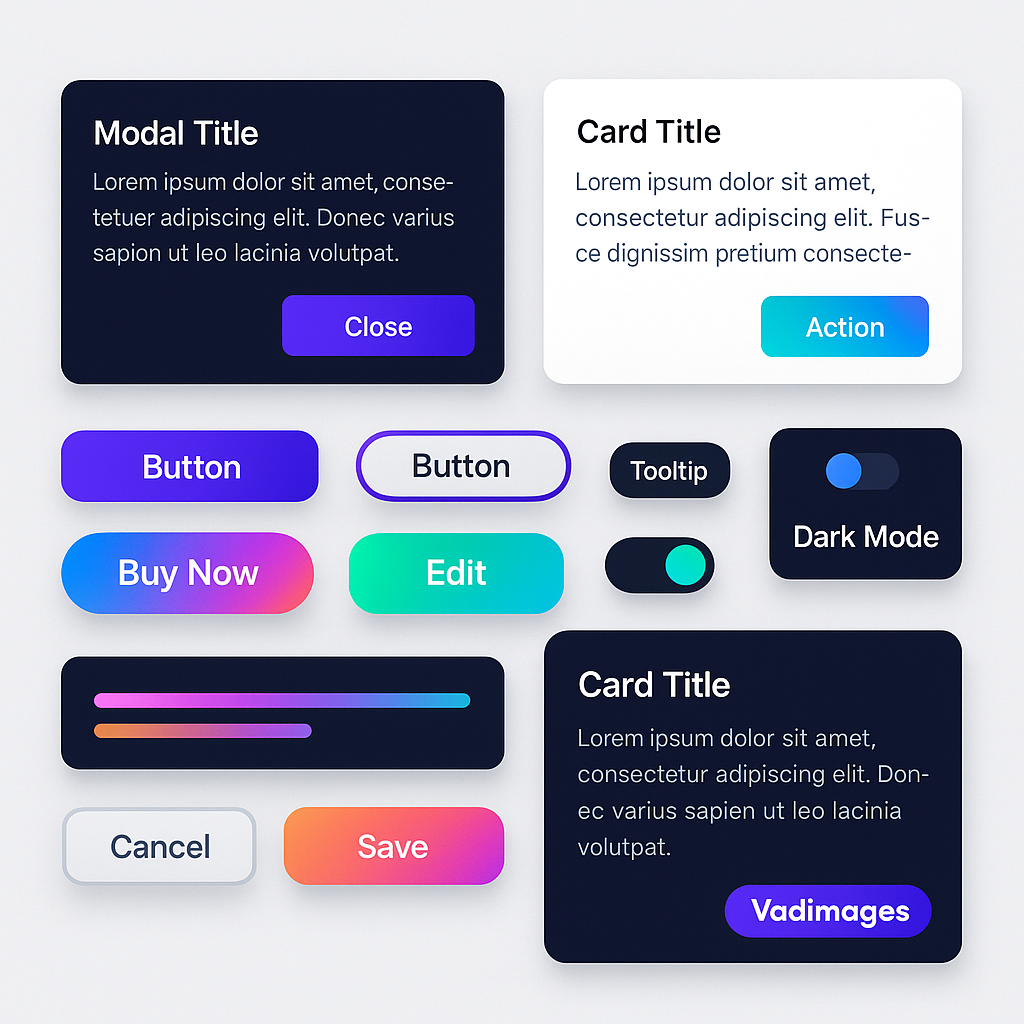Why 4.1 Matters to Traffic and Conversions
When Tailwind’s core team released version 4.0 they rewired the framework around a new high-performance engine that trimmed cold-start builds by as much as five-fold and incremental builds by more than a hundred-fold . Version 4.1 arrives with an equally business-focused promise: more polish for the customer journey, fewer kilobytes on the wire, and controls that let design systems age gracefully as you grow from start-up hustle to mid-market momentum. The long-requested text-shadow utilities finally land, letting headings lift off the page without custom CSS . New masking helpers make hero images feel interactive instead of flat, and additional state variants—such as “has no JavaScript” or “form-field is-invalid”—allow graceful degradation so shoppers on legacy browsers still reach checkout. For U.S. small and mid-sized retailers, every millisecond and every subtle micro-interaction now converts into trust, reduced bounce rate, and ultimately revenue.

New Visual Superpowers, Zero Overhead
Before Tailwind 4.1, designers who wanted drop-caps, frosted-glass overlays or vibrant text glows reached for ad-hoc CSS files that broke the utility-first flow. Now the framework ships colored drop-shadow presets, text-shadow scales from whisper-thin to billboard-bold, and CSS mask utilities that apply organic-shape reveals with a single class. Because the features compile into raw, tree-shakable CSS—free of JavaScript—page-speed budgets stay intact. Under the hood, 4.1.4 tightens scanning rules so large repositories skip vendor directories outright, shaving build times on continuous-integration servers . If your current site still runs on Tailwind 3.x, migrating means swapping vestigial polyfills for native cascade layers, unlocking fluid typographic ramps that respond to container queries rather than arbitrary breakpoints. The result is a storefront that looks bespoke at 360 pixels and commanding at 6K without a single media-query bloating your stylesheet.
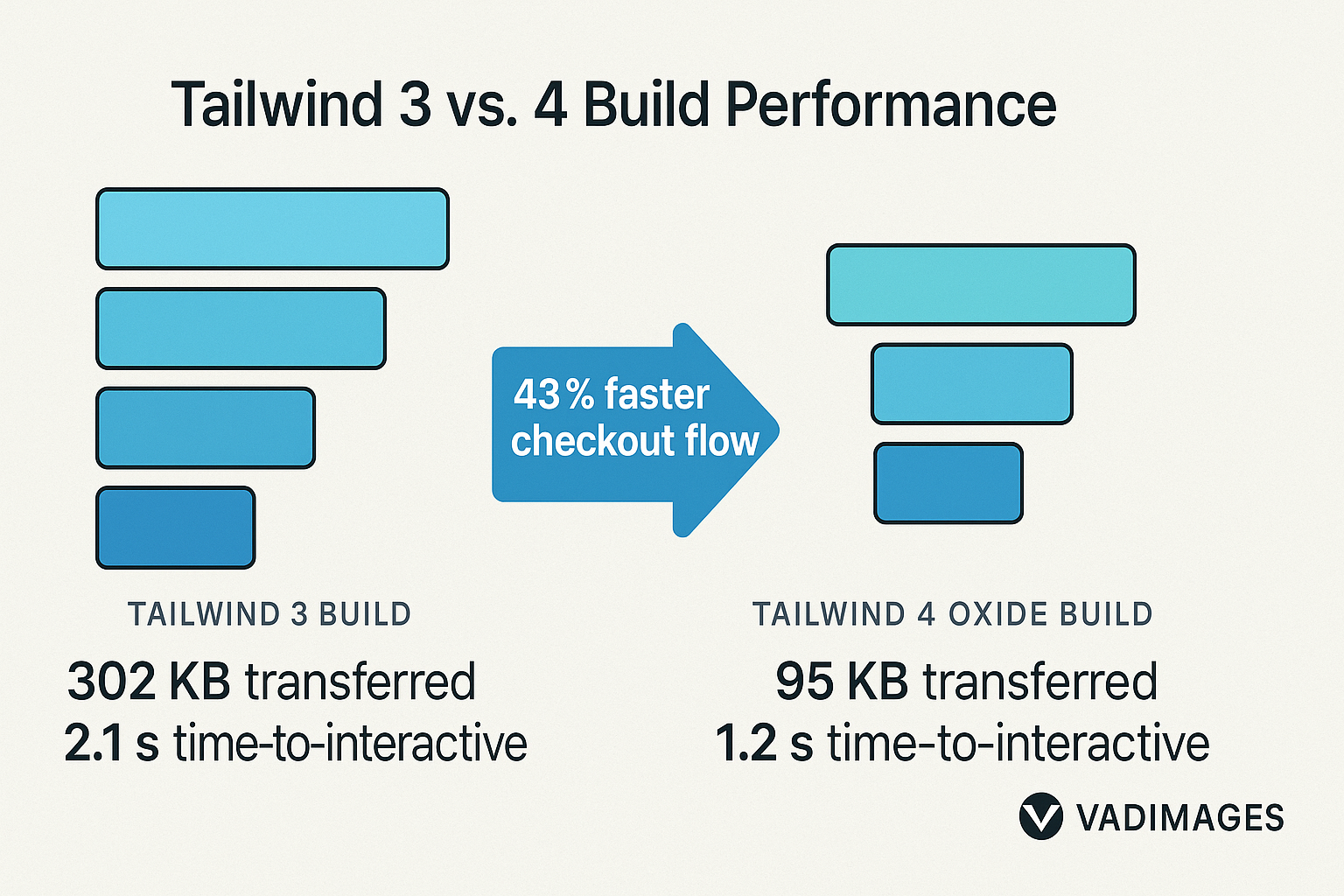
How Vadimages Turns Tailwind into Revenue
Shiny utilities alone do not raise conversion rates; strategy does. Vadimages audits the friction points that plague growing U.S. merchants—cluttered CSS overrides, plugin conflicts, Core Web Vitals warnings—and rebuilds those pain-spots with Tailwind 4.1 patterns engineered for scale. Our design library maps each utility to specific jobs-to-be-done: text-shadow presets tie directly to ADA-compliant contrast ratios, mask utilities become interactive hotspots that nudge users toward “Add to Cart,” and dark-mode tokens inherit your brand palette without a second design sprint. Because we integrate analytics during the refactor, you watch real-time dashboards as bounce rates drop and average order values rise. Whether you need a green-field React storefront, a headless Shopify Hydrogen front end, or a server-side-rendered Next.js app, our team ships a production build that Lighthouse envies and your CFO applauds. Ready to de-risk your next redesign? Book a complimentary Tailwind 4.1 upgrade call today and let Vadimages turn utility classes into visible profit.

Migration Paths that Protect Your Roadmap
Upgrading a live store is less about syntax and more about uptime. Our phased approach starts with a parallel Tailwind 4.1 theme that quietly shadows production. We use the new “safelist-explicit” rule to guarantee no utility class is purged until its replacement renders pixel-perfect across Chrome 111+, Safari 17 and Firefox 128 . Then we tap 4.1’s source-inline option to sideload critical CSS during A/B tests without breaking content-security policies, letting real visitors decide when the new look wins. Because Oxide’s computation happens during build time, runtime overhead stays constant, even after we graft on animated text-shadows or multi-layer masks. The final cut ships behind a feature flag toggled by your CMS, so launch day is a one-click rollback-safe deploy. From first commit to celebratory espresso, most SMB engagements close inside four weeks—and maintenance remains a single-line npm upgrade, not another six-figure redesign.


